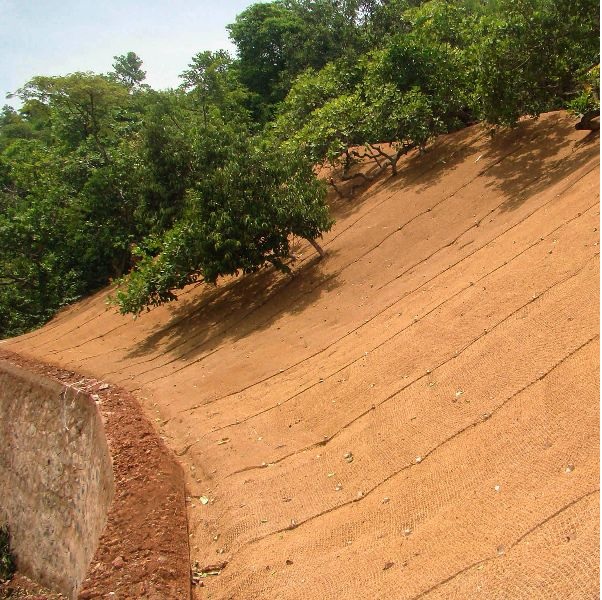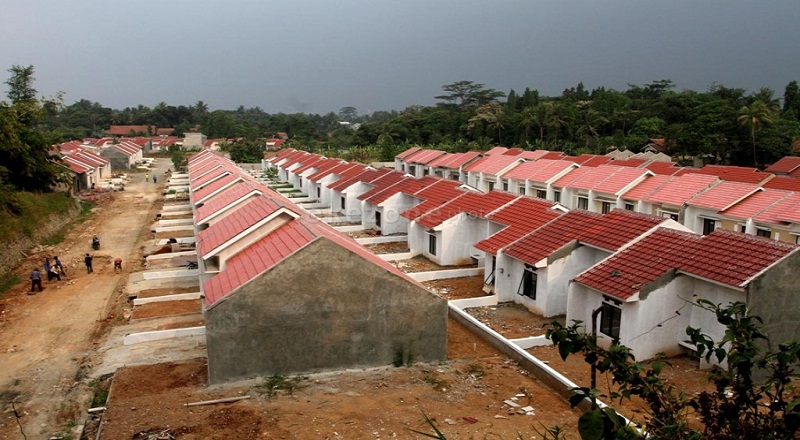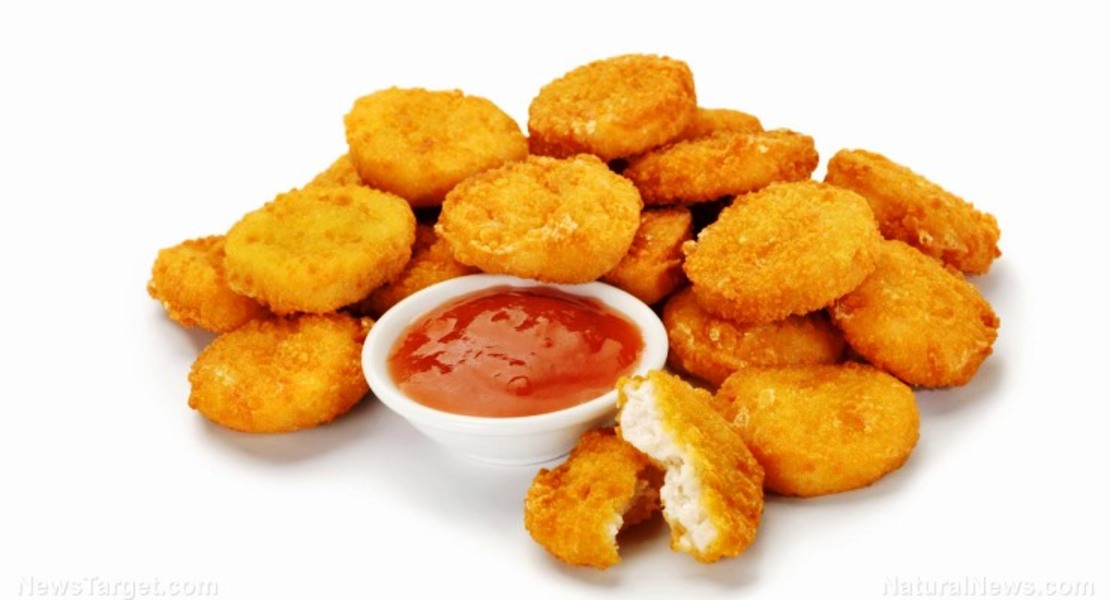
Coir geotextiles uses – Coconut coir fiber is 100% biodegradable, organic, and made from fiber. The consistency of coir is thick, strong, and naturally stiff. The components that makeup coconut fiber include cellulose and lignin to a large extent. Coconut fiber is resistant to natural elements and to decomposition by fungi and bacteria. Basically, this means that the decomposition rate of coir is much lower than that of other natural fibers. This resistance is due to the high percentage of lignin in its composition.
Coir can now be found in woven and woven forms, as well as non-woven blankets tied with a seam. It is used in engineering in a variety of applications related to geotechnical work, such as polymer applications in civil engineering. They have a long life and are harmless to the environment. Geotextiles, which have gained popularity in the past, have been in the industry for more than 50 years and have proven their worth and value, both in their various sectors of use and for our environment. While geosynthetics have long dominated the market, geotextiles have overtaken geosynthetics, which can actually cause long-term environmental damage.
Coir geotextiles have been shown to be effective in preventing landslides or soil erosion, keeping soil from moving out of place, and preventing the erosion of nutrients that can cause plants to grow, all due to the high binding capacity. coconut geotextiles absorb water and become capable of turning into humus. Within 3 years, the coconut fruit will be broken down by the soil and the plants that live in it because the material comes from plants.
Knowing the functions of coconut fiber geotextiles
Coir geotextiles uses are nets made from coconut fiber that help in the recovery of mines, beaches, or forests. Coconut fiber geotextile works as a plant growing medium, well suited for mine or beach reclamation, cliff reinforcement, erosion prevention, soil reinforcement, railway reinforcement, and road reinforcement. cliffs for roads or bridges. Its biodegradable and strong nature helps facilitate the growth of new plants in coconut fields located on former mining land.
Characteristics of geotextile fabric:
- It has the ability to separate, filter, strengthen, protect and drain when used in conjunction with soil.
- This drains the area where the water is standing while keeping the soil in place.
- It acts as an effective filter, capturing some of the material to prevent drains from clogging.
- Reinforces soil structures, such as drains, by holding layers in place.
- Protects against erosion in places such as roads and beaches.
What are The Advantages of Using Geotextiles?
- Lightweight: It is light but very strong. This suits for easier handling and putting it in place. This means you’ll save on transportation and labor costs in the long run.
- Exceptional Tear Strength – Woven geotextiles have excellent strength and additional strength can be designed and incorporated into the weave.
- They have proven to be one of the most effective methods of soil erosion control and slope stabilization methods that are 100% environmentally friendly.
- They leave no harmful residue and are organic and 100% biodegradable.
- They facilitate optimal drainage and water retention.
- They can help lush vegetation grow.







Got a Questions?
Find us on Socials or Contact us and we’ll get back to you as soon as possible.